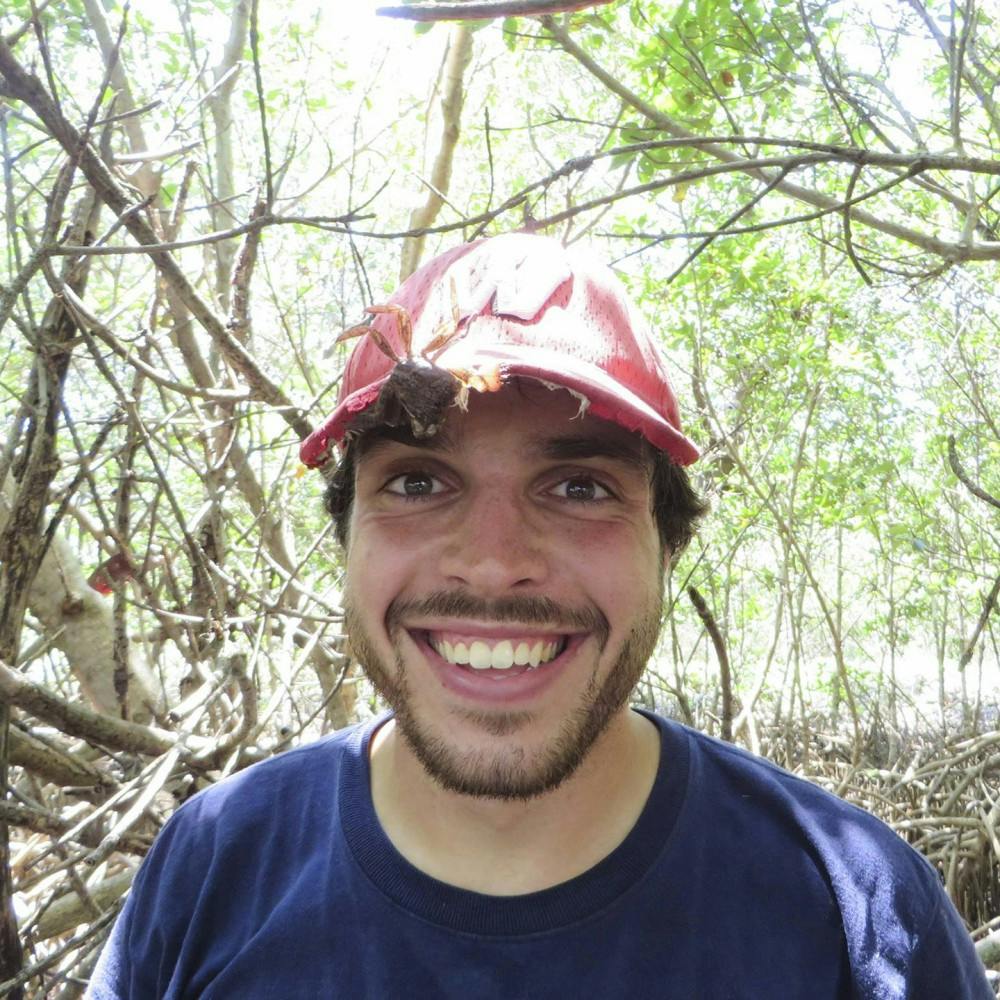Zachary Cannizzo came to USC for graduate school to answer one question: Why are mangrove tree crabs on man-made docks bigger than crabs in the salt marsh?
Cannizzo, a graduate student in marine science, does his field work in Florida over the summers, and traditionally funding for that work came from his advisor. However, his advisor has moved on from USC and so have Cannizzo's summer research funds.
That’s where the Office of the Vice President for Research comes in. Every year they award select students like Cannizzo with the Support to Promote Advancement of Research and Creativity research grant. To receive the grant, applicants must submit a proposal package consisting of a three-page narrative about their research and its importance along with a two-page bibliography. This year, 54 students from 10 different programs received the grant, allotting them $5,000 per recipient.
The SPARC grant serves multiple purposes: to provide funding to those that need one last step in order to complete their research or need to do additional work that would take their research to the next level. It also provides students with a platform for gaining experience in applying for national fellowship and grant awards after graduation.
Recipients can use the grant for anything from supplies to salaries. For Cannizzo, the grant did a bit of both. His current research focuses on the mangrove tree crab, the range shift it has been undergoing in the last decade due to climate change and the impact of man-made structures on the crab’s ability to undergo this shift.
“The SPARC is essentially going to be paying my tuition and salary over the summer,” he said.
The SPARC grant has allowed him to both continue his summer pursuits, when the crabs are most active, and to develop a bioenergetics model to definitively answer his main question about how a man-made dock improves the development of the crabs that migrated from mangrove trees compared to ones that migrated instead to nearby salt marshes.
“Historically in the sciences when we look at a species that moves into a new ecosystem, because we immediately assume it’s invasive, the majority of the research is on how is this species impacting the ecosystem it’s colonized,” Cannizzo said. “But, as climate change continues, we expect more and more native species to colonize new habitats, and so we need to start thinking about how these species are impacted by the new habitat.”

